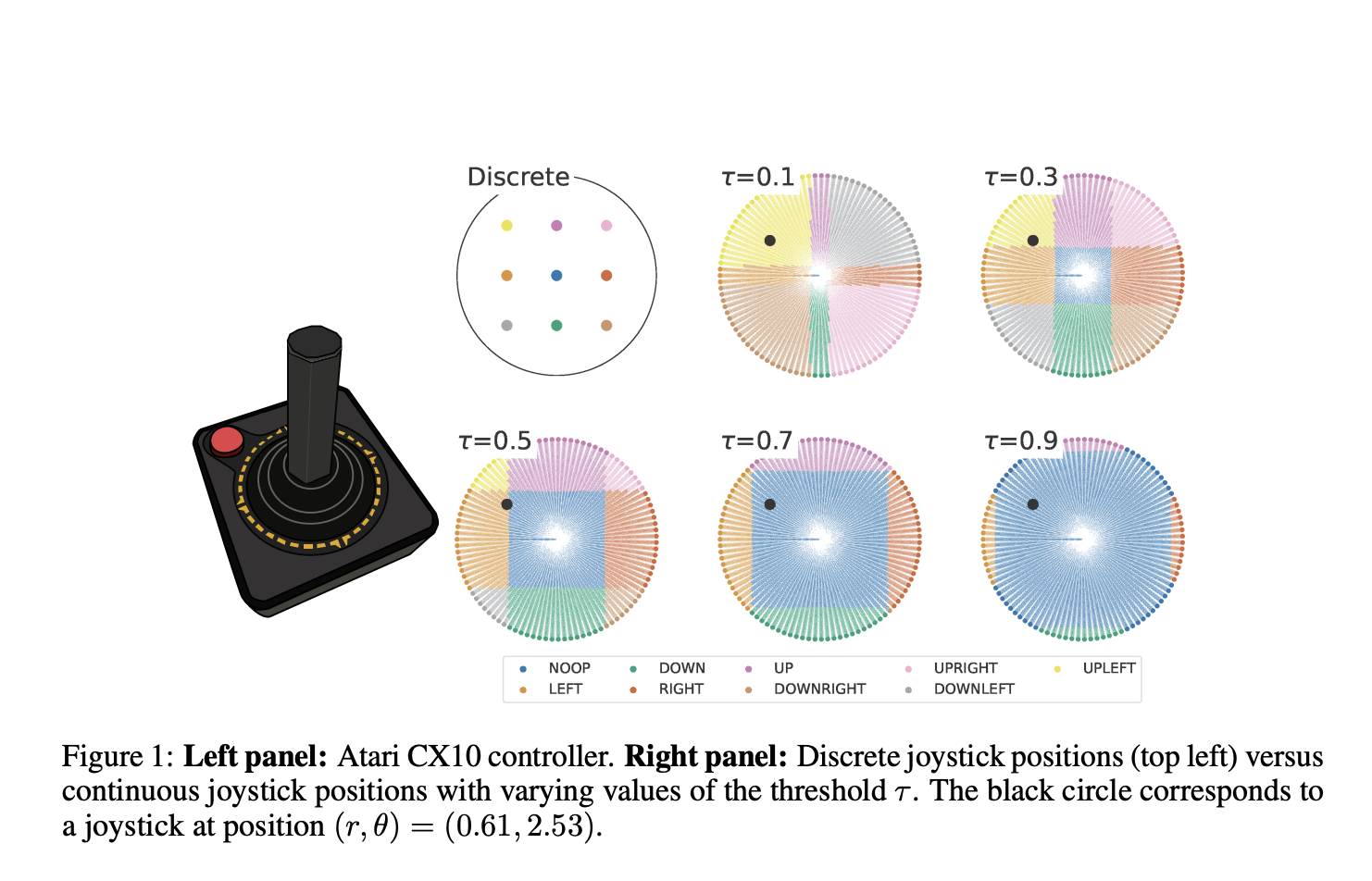
Understanding Autonomous Agents in AI
Autonomous agents are a key area of research in machine learning, particularly in reinforcement learning (RL). The goal is to create systems that can independently tackle various challenges. These agents should be:
- General: Able to handle different tasks.
- Capable: Achieving high performance.
- Autonomous: Learning through interactions and making independent decisions.
The Importance of Benchmarks
While real-world applications are the ultimate aim, academic benchmarks are crucial for testing these systems. However, creating effective benchmarks that evaluate all three characteristics is challenging. Therefore, robust evaluation frameworks are necessary.
Current Solutions in Benchmarking
The Arcade Learning Environment (ALE) is a pioneering benchmark that allows agents to learn through gameplay using Atari 2600 games. Agents interact with the game by processing screen pixels and choosing from 18 actions. ALE has shown that combining RL with deep neural networks can lead to superhuman performance. It has evolved to include:
- Stochastic transitions
- Various game modes
- Multiplayer support
However, ALE’s focus on discrete actions has led to a split in research, with different methods using various benchmarks.
Introducing Continuous Arcade Learning Environment (CALE)
Researchers from McGill University, Mila, Google DeepMind, and Université de Montréal have developed the Continuous Arcade Learning Environment (CALE). This improved platform features:
- A continuous action space that reflects human interaction with games.
- Evaluation of both discrete and continuous action agents.
- Utilization of the Soft-Actor Critic (SAC) algorithm for implementation.
CALE addresses previous limitations and highlights areas for future research, such as:
- Representation learning
- Exploration strategies
- Transfer learning
- Offline reinforcement learning
Performance Insights
Comparisons between CALE’s SAC implementation and traditional methods show differences in performance across training scenarios. While CALE may underperform in some cases, it excels in specific games like Asteroids and Bowling. However, there is a noticeable bias towards certain actions due to design choices.
Conclusion and Future Directions
CALE represents a significant step forward in RL benchmarking by uniting discrete and continuous control evaluations. Although it currently faces challenges, it opens new opportunities for research and development in AI.
Get Involved
Check out the Paper and GitHub for more details. Follow us on Twitter, join our Telegram Channel, and connect with our LinkedIn Group. If you appreciate our work, subscribe to our newsletter and join our 55k+ ML SubReddit.
Explore AI Solutions for Your Business
To stay competitive, consider leveraging CALE and AI in your operations:
- Identify Automation Opportunities: Find customer interaction points that can benefit from AI.
- Define KPIs: Ensure measurable impacts on business outcomes.
- Select an AI Solution: Choose tools that fit your needs and allow customization.
- Implement Gradually: Start with a pilot project, gather data, and expand wisely.
For AI KPI management advice, contact us at hello@itinai.com. For ongoing insights, follow us on Telegram or Twitter.
Transform Your Sales and Customer Engagement
Discover how AI can enhance your sales processes and customer interactions at itinai.com.




























